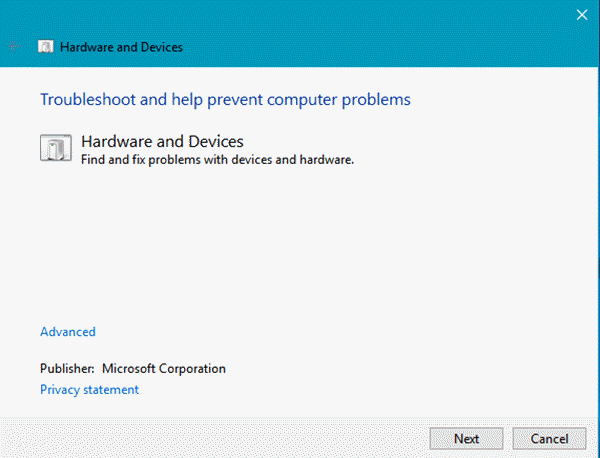In the past, a hard drive would be good enough to store data, files, songs, videos, etc. With the increase in download activity and the tendency to save home photos and videos on Windows PCs, the hard disk space may be dropped. That is why many people choose to attach a second hard drive to their computer. But a common problem faced with is that your Windows doesn’t recognize the second drive you have installed. If you are facing such an issue, perhaps something here in this post could help you.
Troubleshooting guide Windows does not recognize the second hard drive
1. Check if the hard drive is damaged
This is probably the first job you should do. If not, you will end up wasting your valuable time on this matter. If your hard drive is old and has attracted a thick layer of dust or is damaged, it won’t work as it should. So, before installing it on your computer, test it.
2. See connection settings
To use the hard drive with your computer, you need to connect two different power cords. A SATA cable will be located between the motherboard and the hard drive. The second SATA cable will be located between the hard disk and SMPS or any other source where it can get Power from. If you make any errors, your computer will not be able to detect the hard drive. It would also be best if you plugged the SATA cable into the right port on the motherboard.
3. Use the Hardware and Devices troubleshooter

The troubleshooter is an inbuilt Windows feature listed in Control Panel. You can run the Hardware and Devices Troubleshooter and see if it can fix the problem.
4. Scan for hardware changes
Open Device Manager. To do so, open the Win + X menu and click on it. Next, right-click on Disk drives and select Scan for hardware changes.
It will help.
5. Check device status
Run devmgmt.msc to open Device Manager. Expand Disk Drive. Right-click on all of the ones listed there, select Properties, and check the device status. Should say – The device is working correctly. If not, update the driver software to update the device driver. Or you can choose Uninstall and then connect the hard drive, and select Scan for hardware changes hereafter reboot.
6. Install the appropriate device drivers
If you are using other hard disk manufacturers, you may want to check if you have installed the correct device driver. If you also want to update your existing Device Drivers to the latest available version.
7. Initialize the disc
If you see an unknown or uninitial disk in the Disk Management console, then right-click it and choose Initialize Disk. Follow the instructions on the screen to complete. This help?
I hope the suggestions here help you.





